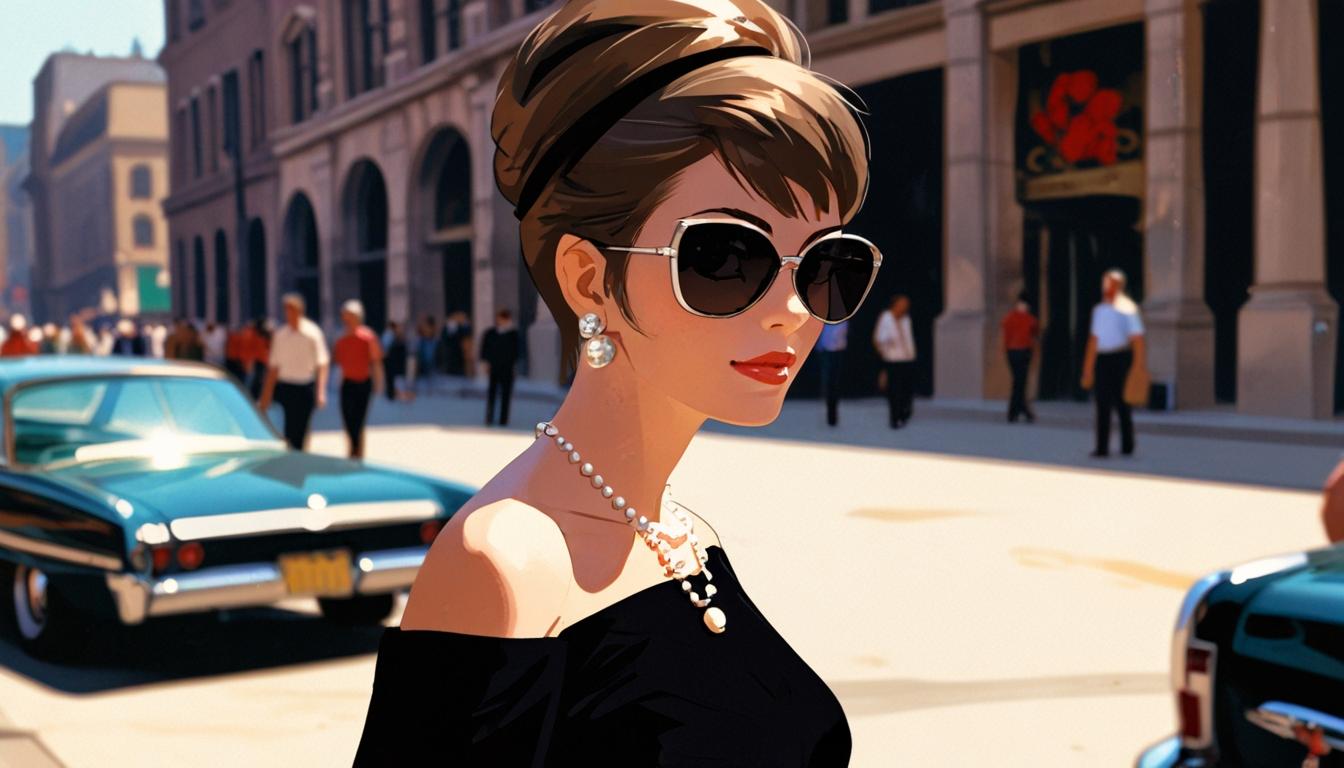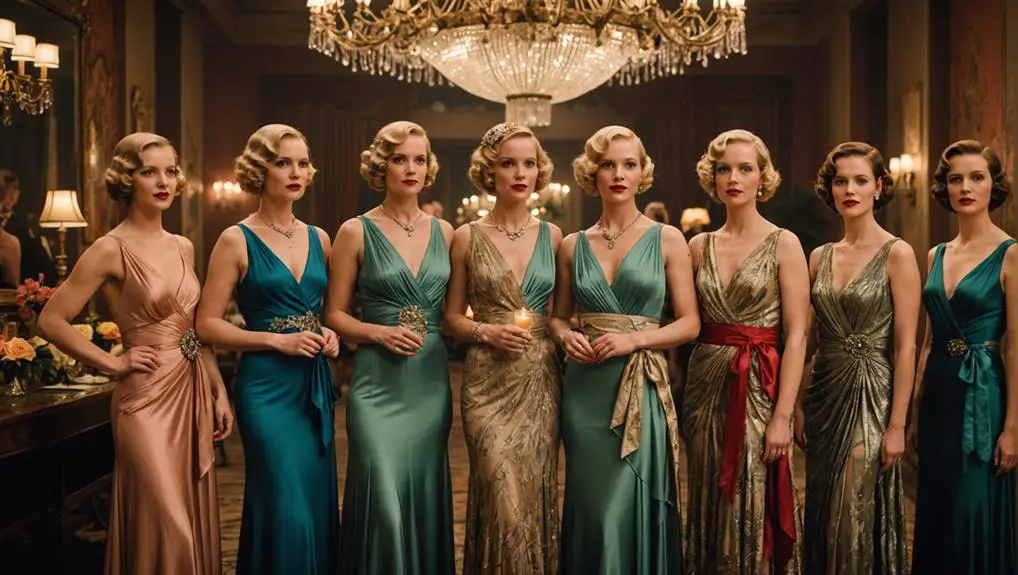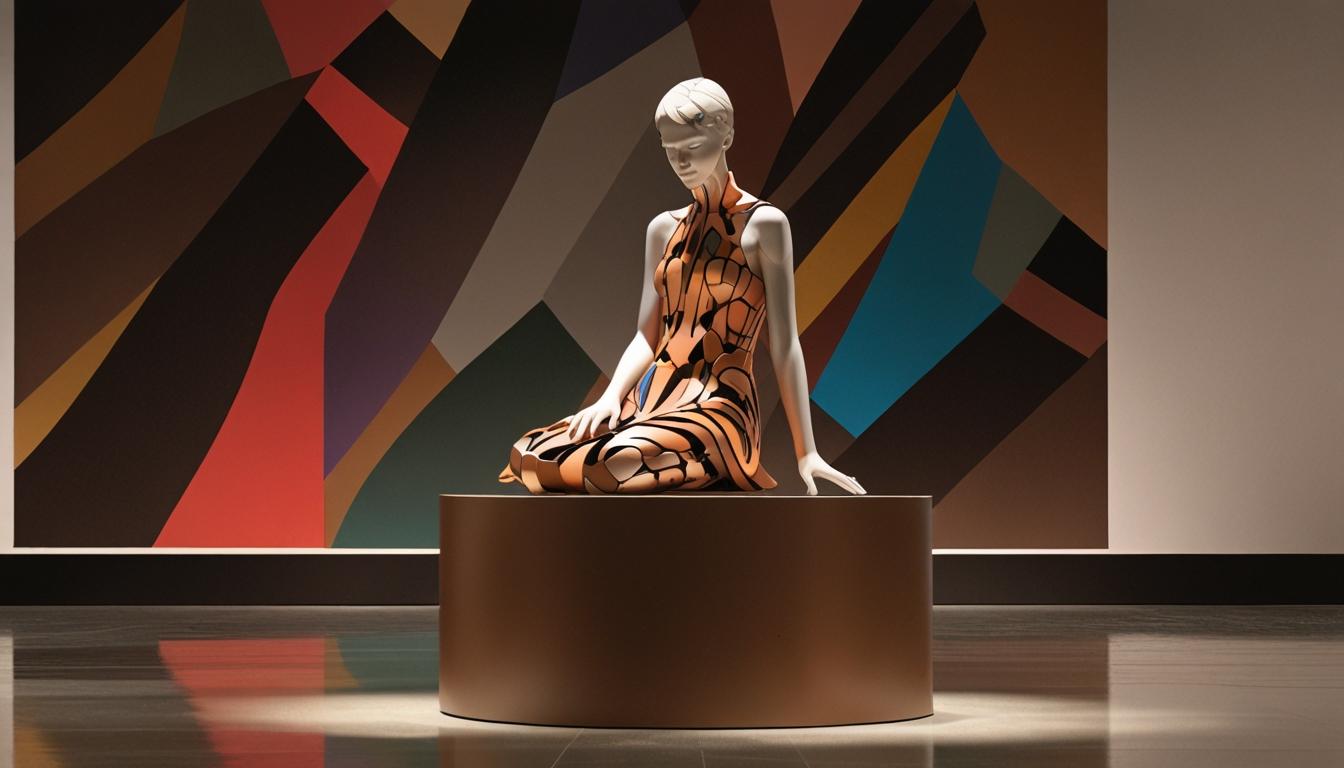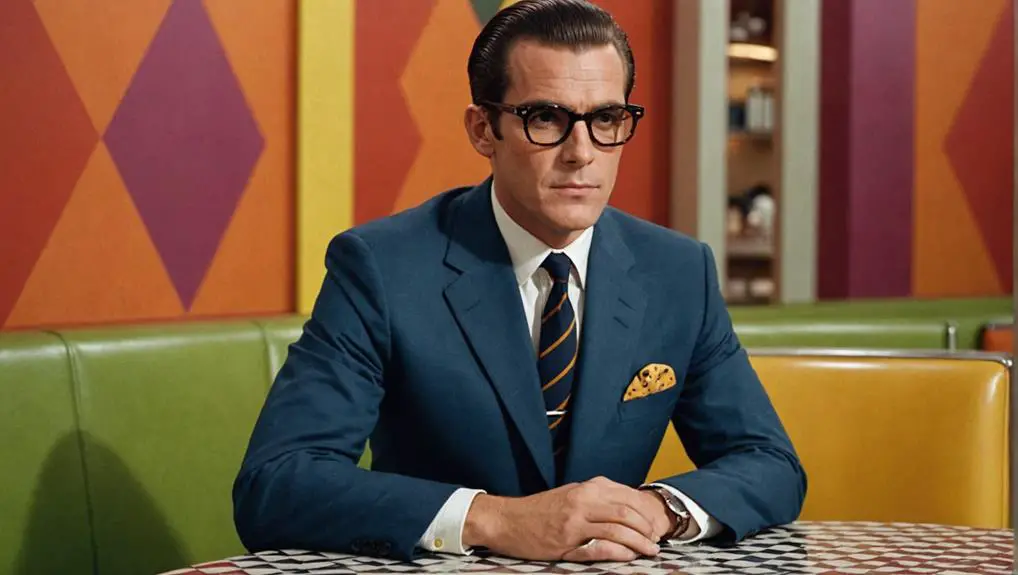Explore how iconic films and television shows have shaped and inspired fashion trends, from Audrey Hepburn to recent series like ‘Bridgerton’.
Fashion transcends mere clothing; it embodies statements, captures eras, and tells intricate stories. This duality is powerfully showcased in films and television shows that have not only highlighted but also shaped the fashion landscape across various decades. The influence of these productions resonates far beyond entertainment, providing a rich tapestry of inspiration for fashion enthusiasts.
One of the most notable films in the fashion narrative is “Breakfast at Tiffany’s,” released in 1961. Audrey Hepburn’s portrayal of Holly Golightly catapulted the little black dress—a design by Givenchy—into a global phenomenon. Accompanied by signature oversized sunglasses and a pearl necklace, Hepburn’s look remains widely celebrated and continues to spark annual interest in “Audrey Hepburn fashion,” generating millions of online searches even 60 years later.
Following closely is “Funny Face,” released in 1957, where Hepburn again took center stage, this time as an intellectual swept into the glamorous Parisian fashion scene. The film, showcasing designs by Hubert de Givenchy and featuring breathtaking cinematography by Richard Avedon, solidified Hepburn’s status as a style icon and transformed 1950s fashion into a captivating visual experience.
The early 21st century brought a different flavor with “The Devil Wears Prada,” a film that premiered in 2006. Meryl Streep’s icy portrayal of Miranda Priestly, a character inspired by Anna Wintour of Vogue, has become legendary. The transformation of Anne Hathaway’s character from unfashionable to stylishly sophisticated with brands like Chanel, Valentino, and Prada led to increased fashion trends, notably a 200% rise in searches for Prada accessories each season.
Meanwhile, “Phantom Thread,” released in 2017, offers a darker perspective on the fashion industry. Daniel Day-Lewis plays a 1950s London couturier consumed by his quest for perfection. The film’s exploration of obsession and artistry provides a stark contrast to traditional glamour-centric narratives, delving into the psychological complexities of the fashion world.
Transitioning to the realm of subcultures and street style, “Clueless,” a 1995 classic, forever altered the landscape of teen fashion. Cher Horowitz’s iconic yellow plaid suit and eclectic mix of thrift-shop finds, curated by costume designer Mona May, displayed that style is defined by attitude rather than price. Following closely, “Sex and the City,” which aired from 1998 to 2004, transformed Carrie Bradshaw into a fashion muse, blending high-end luxury with vintage charm. Costume designer Patricia Field’s innovative styles led to significant cultural impact, including a reported 62% surge in searches for Manolo Blahnik heels in 2021 due to “the Carrie effect.”
Continuing the trend of fashion influence, “Gossip Girl,” which ran from 2007 to 2012 and saw a reboot in 2021, showcased distinct styles for each character—from Blair Waldorf’s signature headbands to Serena van der Woodsen’s chic ensembles. The show left an indelible mark on luxury fashion perceptions and remains relevant in its resurgence among Gen Z viewers.
The documentary “Dior and I,” released in 2014, presents an intimate glance at haute couture, tracking Raf Simons’ first collection for Dior. It reveals the intense pressures and artistry behind high fashion’s exterior. Complementing reality TV, “Next in Fashion,” which began airing in 2020, features contestants vying to make their mark in an innovative industry. Hosted by Alexa Chung and Tan France, it has introduced audiences to emerging talents that challenge conventional design norms.
In a foray into period dramas, “Bridgerton,” which premiered in 2020, brings Regency-era fashion to the mainstream with modern twists on traditional styles. The show’s influence is measurable, with a noted surge of 123% in searches for corsets since its release. In contrast, “The Great Gatsby,” a 2013 adaptation of F. Scott Fitzgerald’s classic, pays homage to the opulent style of the 1920s through flapper dresses and tailored suits, featuring collaborations with renowned designers like Prada.
The impact of these films and shows reinforces the notion that fashion transcends clothing, serving as cultural, historical, and personal expressions. Visual media has exhibited significant influence on consumer trends, particularly with platforms like Instagram and TikTok breathing new life into iconic looks. The styles, from Hepburn’s classic elegance to Bradshaw’s bold assemblages, continue to inspire and redefine trends in contemporary fashion. As audiences reflect on these cultural products, the conversation around fashion’s evolution persists robustly.
Source: Noah Wire Services




